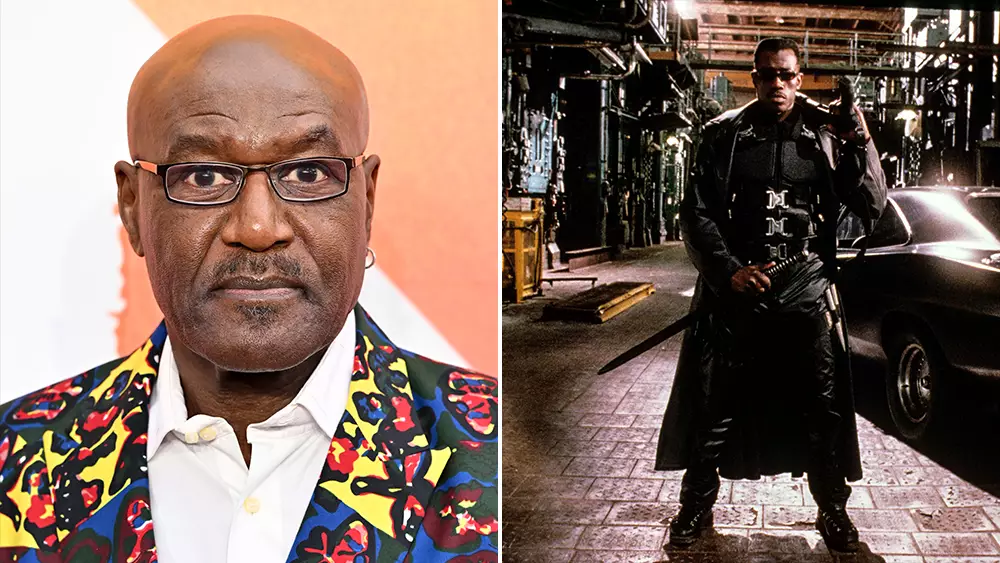Marvel’s much-anticipated Blade reboot, starring Mahershala Ali, has transformed from an exhilarating project into a cautionary tale of creative disaster. Delroy Lindo’s candid insights shed light on why this reboot seems more like a ship lost at sea rather than an exciting arrival. Initially, the potential of infusing a culturally nuanced interpretation of the Daywalker vampire slayer stirred excitement. Lindo’s remarks reveal that early discussions emphasized collaboration and inclusivity, visions that aligned well with the film’s ambitious goal of capturating audiences beyond the typical comic book fare.
Yet, the failure to stick to these foundational ideas raises a critical question: What causes such promising projects to derail? The term “creative differences” is often thrown around as a polite euphemism for deeper cracks in the vision, leaving fans to wonder how many times this narrative will replay in Hollywood. Blade’s transformation from an avidly awaited cultural commentary into a convoluted problem child showcases the inherent risks involved when art meets the machine of mass entertainment. Were the original intentions truly sincere, or was it an illusion crafted to appease a growing demand for diversity?
The Departure of Key Players
Lindo’s departure from the project exemplifies a troubling trend in the ever-expanding Marvel Cinematic Universe. Initially drawn to portray a character reminiscent of the inspiring Marcus Garvey, he was likely envisioned as a figure who could ground Blade’s story in elements of community and empowerment. But here lies the irony: the film, which was to be a groundbreaking representation, now teeters on the brink of irrelevance.
The revolving door of directors and exiting stars—most notably Bassam Tariq and Yann Demange—hints at a larger identity crisis. Instead of finding harmony in the creative process, the leadership vacuum seems to have led to an environment of uncertainty and indecisiveness, ultimately sacrificing the vision for a product that aligns with traditional superhero lexicons that often fall flat. Is Marvel struggling to balance its financial motives with genuine storytelling? It’s a tricky balance, and as seen with Blade, the repercussions can be devastating.
Marvel’s Corporate Construct vs. Artistic Vision
Kevin Feige’s assertion of remaining “committed” to Ali as the embodiment of Blade feels hollow amidst growing concerns regarding authenticity. This feels like a corporate mantra meant to appease the ever-disenchanted fanbase eager for authentic representation. The question arises: How can artists create rich, meaningful narratives when mired in an environment where the almighty dollar often supersedes artistic integrity?
As the clock ticks, the once-prominent excitement surrounding Blade has dampened considerably. The community that seemed so integral to the film’s concept risks being lost in translation, further perpetuating the cycle of forgettable adaptations. If Marvel seeks to establish a new era of storytelling, investment in well-rounded, diverse portrayals—rather than merely ticking boxes—is essential.
Lost in the corporate labyrinth, Blade stands as a stark reminder of what happens when passion fades in the struggle between art and commerce. As fans and critics alike watch the chaotic evolution of this reboot, one can only hope that lessons will be learned before irreparable damage is done to an iconic franchise.

Leave a Reply